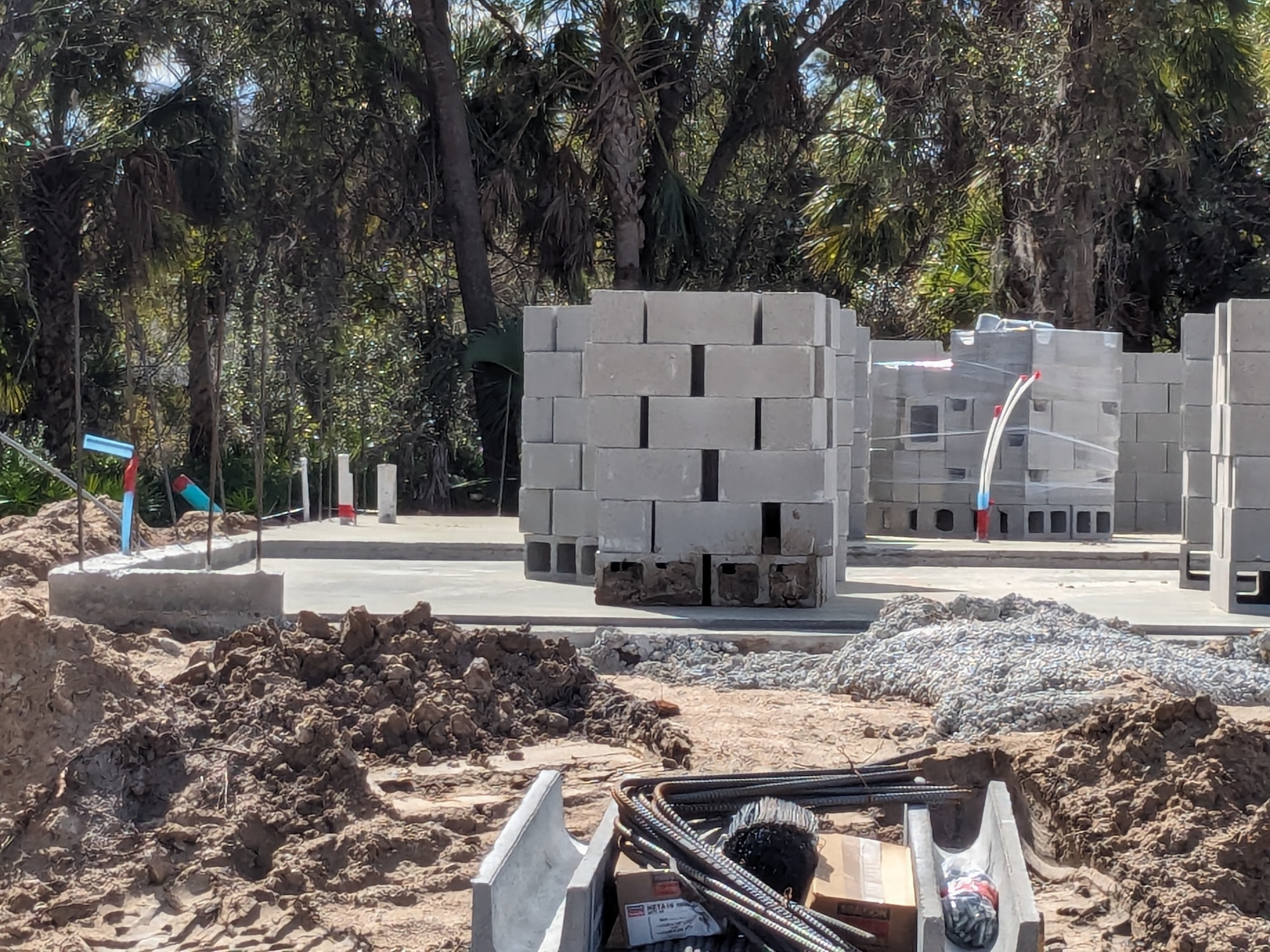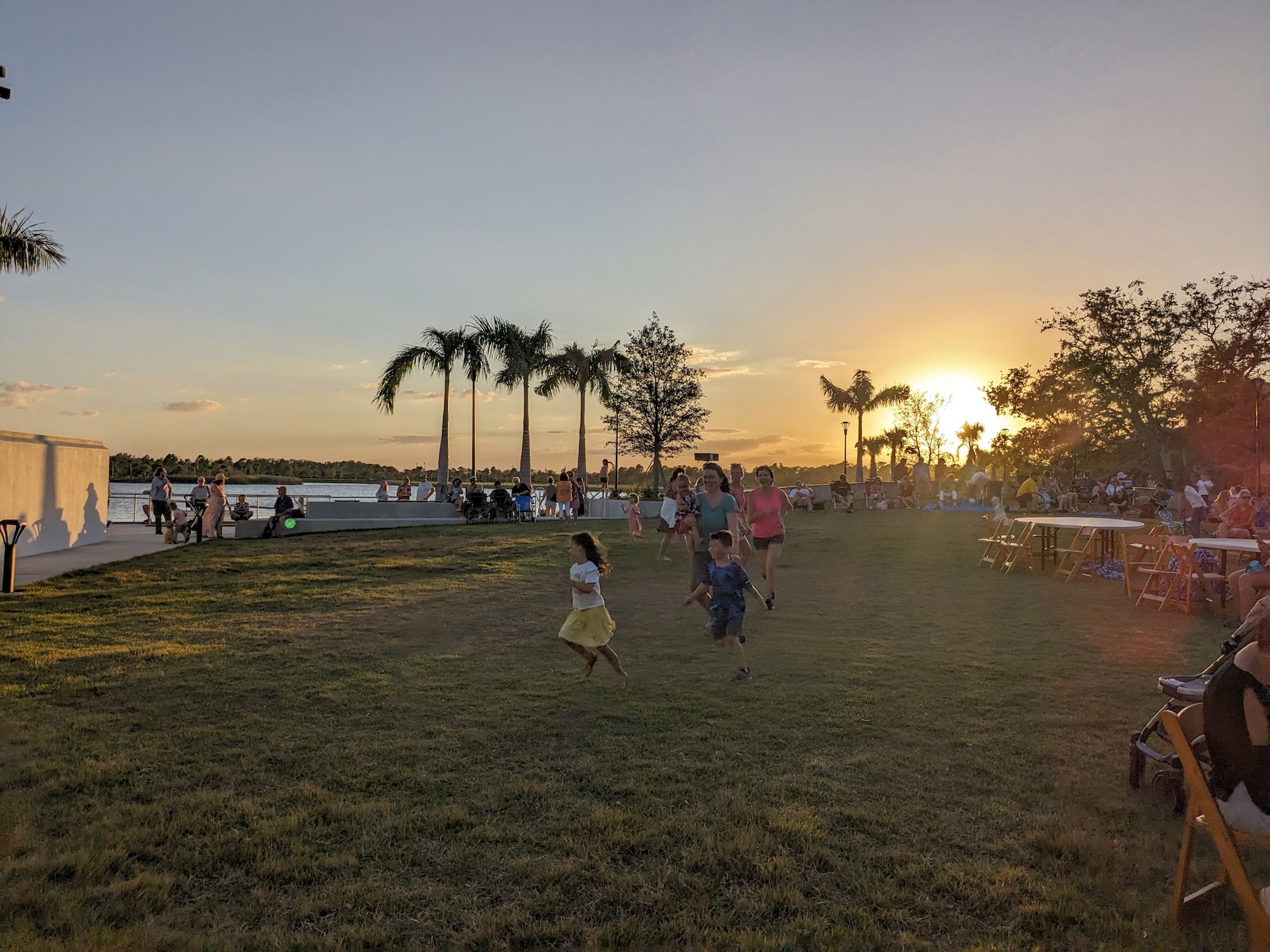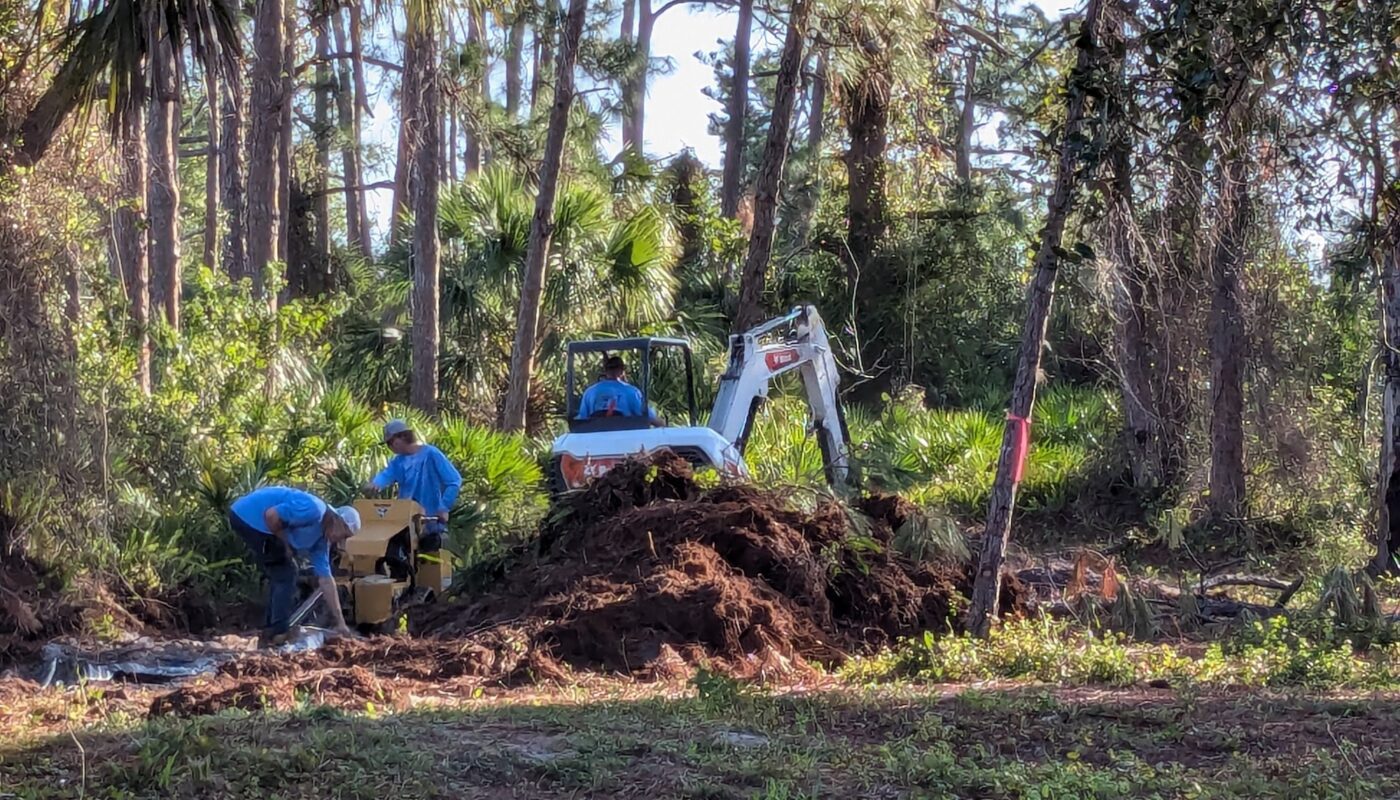A personal reflection on how building our home creates ripple effects throughout our city
As I was washing dishes the other day, thinking about the roofing crew, hard at work installing shingles, something struck me. These are more than just workers—in fact, they are our neighbors, local professionals whose livelihoods we’re directly supporting. Rather than moving money around in the stock market, we’re injecting it straight into our community. Subsequently, this got me thinking: if we spend $525,000 building our house, how exactly does that ripple through our local economy?
From Blueprints to Economic Growth
Initially, the moment we hired our architect, we started a chain reaction. However, it’s when ground breaks that the real economic engine revs up. Consequently, our hypothetical $525,000 investment creates a cascade of local employment. From the full-time construction crew to the specialty contractors who’ll transform our vision into reality, we’re creating meaningful work for our community.
Furthermore, between the electrician, HVAC specialists, plumbers, roofers, window installers, and stucco masons, we’re providing income for 15-20 local families. With construction wages in our city ranging from $18-35 per hour, therefore, we’re pumping around $160,000-210,000 directly into local workers’ pockets.
Economic Ripple Effect: Direct Local Impact
Building More Than Just a House
Additionally, our local hardware stores, lumber yards, and specialty shops are the pillars of our economic community. When we spend $160,000–185,000 on lumber and building materials, that money flows directly into our local economy, thus strengthening the backbone of our business community.

The Hidden Math of Local Building
Nevertheless, while everyone sees the sticker price of construction, few realize how that money fractures into dozens of local streams. Hence, here’s a rough breakdown of where our $525,000 flows:
Breaking Down Our Construction Budget
Where exactly does our $525,000 investment flow?
The Magic of the Money Multiplier
Here’s where it gets fascinating: economists talk about something called the multiplier effect. To illustrate, when our contractors grab lunch at local restaurants, those restaurant owners hire extra help to manage increased business. As a result, those workers then spend their earnings at other local shops, whose owners in turn invest in expanding their businesses. Essentially, one dollar spent locally creates a chain reaction of economic activity.
According to the American Independent Business Alliance, dollars spent at locally owned businesses recirculate through the local economy 2-4 times more than money spent at non-local companies. Studies by Civic Economics found that on average, 52.9% of purchases at local independent businesses are recirculated locally, compared to just 13.6% at chain stores.

Moreover, the numbers tell an impressive story: our $525,000 construction project could generate up to $1.57 million in total economic activity for our community. That’s triple our initial investment—all staying local, all building our community’s wealth. Above all, it’s the difference between a dollar that leaves town immediately versus one that bounces from business to business, creating value at each step.
The Economic Multiplier Effect
How our construction dollars create a chain reaction in the local economy
Building Community Infrastructure
Beyond the immediate economic impact, our construction project contributes directly to local development through impact fees and taxes. In particular, here’s how our investment is helping build our community:

Recreation and Green Spaces
Specifically, the Park Impact Fees from our project are helping fund the development of a brand new neighborhood park in an underserved area. We’ve noticed the lack of recreation spaces in certain parts of our city, so it’s exciting to see our contribution helping create new green spaces for nature observation, recreation, and relaxation.
Community Benefits From Our Construction
How our permit fees and impact contributions strengthen local infrastructure
Our Park Impact Fees are helping fund the development of a brand new neighborhood park in an underserved area, creating new green spaces for community enjoyment.
Transformation of an old softball field into a multi-purpose sports facility for soccer, football, and other community activities.
A portion of our construction fees supports the city’s Youth Scholarship Program, opening doors for children from low-income families throughout our community.
- Recreational activities
- Aquatic programs
- Summer camps
Each brick we lay builds opportunities for our community to learn, grow, and thrive together.
Even more tangibly, our fees are helping transform an old softball field into a multi-purpose sports field where kids and adults can play soccer, football, and other sports.
Youth and Community Programs
In addition, a portion of our construction fees supports our city’s Youth Scholarship Program, opening doors for children from low-income families to participate in:
- Recreational programs
- Aquatic activities
- Summer camps
In the long run, watching these programs grow reminds us that each brick we lay builds opportunities for young people to learn, grow, and thrive.

Why We Chose Construction Over Wall Street
Undoubtedly, one of our main reasons for buying this land was to invest locally and protect our neighborhood from dense development—someone could have built 24 homes here. That’s exactly what we were told by the city when we inquired about the lot to be auctioned: “You can potentially build 24 homes by adding a few small streets.” When you invest in the S&P 500, your dollars disappear into corporate accounts across the country. On the contrary, when you build locally, every dollar helps weave a stronger community fabric.
Now, don’t get me wrong—our retirement accounts are still happily growing in the stock market. This isn’t about choosing one asset class over another. Obviously, smart investing, like a well-built house, needs a solid foundation and balanced structure. For us, that means maintaining our market investments while carving out a portion of our portfolio for direct community investment.
Consider this: Wall Street investments are similar to sending money on a business trip—they will most likely yield good returns in the long run, but you will not see the impact on a daily basis. Local construction investment is like hiring your money to work in your hometown—you see its effects every time you drive down your street.
Final Thoughts: Building More Than Just Our Home
To conclude, building this home means more than fulfilling our family’s dreams—each decision ripples through our community, touching lives in ways we never imagined. While spreadsheets might track the dollars and cents, after all, the real value lies in watching our community grow stronger with each local investment.
When our construction crew arrives each morning, I see parents who’ll take their kids out for ice cream after work because we chose to build here. Similarly, I see local building suppliers expanding their inventory and hiring new staff. Overall, I see a community growing stronger because we, and others like us, decided to invest here rather than putting all of our eggs in the anonymous world of Wall Street.
Some might argue the stock market offers better returns. Maybe on paper. But the dividends of building local show up in unexpected places—in thriving local businesses, in new park benches, in the laughter of kids at summer camp programs we helped fund. In essence, besides building a house, we’re investing in our community’s future, one nail, one job, one dollar at a time.

Your investment choices shape the community you call home. Whether you’re planning to build, renovate, or simply thinking about where to put your money, consider how your dollars might ripple through your local economy.





